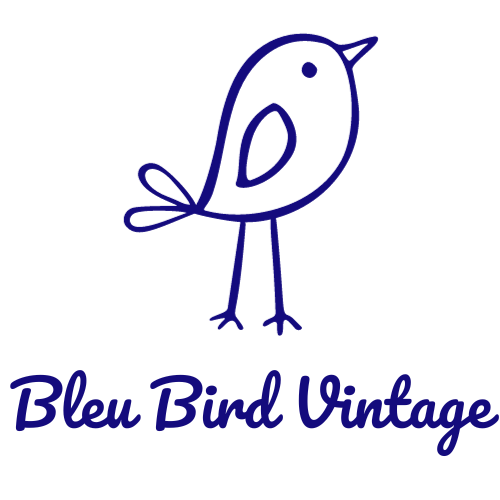In today’s fast-paced digital world, vintage elements can add a touch of nostalgia and charm to modern graphic design. Incorporating vintage elements into your designs can give them a unique and timeless appeal. Whether you use vintage typography, textures, or illustrations, the key is to strike a balance between the old and the new. In this article, we will discuss some tips on how to incorporate vintage elements into modern graphic design.
1. Choose the right vintage era:
Before you start incorporating vintage elements, it’s essential to decide on the era you want to draw inspiration from. The 1920s art deco style, 1950s retro, or 1970s psychedelic vibes are just a few options. Research the aesthetics, color schemes, and design trends of your chosen era to create a cohesive vintage look.
2. Typography:
Vintage typography is one of the most effective ways to give your design a timeless feel. Experiment with fonts that mimic old typewriters, hand-lettered signage, or retro advertising. Play with bold, serif fonts for headlines and delicate, script-like fonts for decorative elements. Vintage-inspired fonts are widely available online, or you can create your own by hand if you’re feeling adventurous.
3. Colors and color grading:
Vintage designs often have a distinct color palette that sets them apart. Experiment with muted or sepia tones, faded pastels, or warm earthy hues to create an authentic vintage feel. You can achieve this by adjusting the saturation and color grading your design in post-production. Aim for a harmonious and balanced color scheme that evokes the era you’re targeting.
4. Textures and distressing effects:
Adding textures and distressing effects can give your design an aged and weathered appearance. Explore the use of grunge textures, fading, scratches, or even torn edges. Overlay these effects onto your design or create custom vintage-inspired textures. These subtle imperfections can add character and depth to your graphics.
5. Use vintage illustrations and elements:
Vintage illustrations like botanical drawings, retro advertisement graphics, or mid-century patterns can give your design a unique vintage look and feel. Find public domain vintage illustrations or use stock resources that specialize in vintage graphics. Incorporate these elements strategically to add visual interest and capture the essence of the era you’re aiming for.
6. Blend vintage and modern elements:
To create a harmonious balance between vintage and modern, consider incorporating modern design elements alongside vintage ones. Combine vintage illustrations or typography with sleek, clean lines, modern icons, or minimalist layouts. This juxtaposition will create a visually striking and contemporary design.
7. Create custom vintage-inspired logos and branding:
For businesses or personal branding, incorporating vintage elements into logos and overall branding can be highly effective. Vintage logos can evoke feelings of authenticity, craftsmanship, and heritage. Explore retro-inspired logo designs, custom illustrations, or even vintage typography to create a memorable and distinctive brand identity.
8. Don’t overdo it:
While vintage elements can enhance modern graphic design, it’s essential not to go overboard. Maintain a balance between vintage and modern elements, ensuring they complement each other. Overusing vintage elements can make your design appear dated or cluttered. Remember that simplicity and elegance are key.
In conclusion, incorporating vintage elements into modern graphic design can create a visual experience that stands out from contemporary trends. By carefully selecting vintage typography, colors, illustrations, and textures, you can strike the perfect balance between the old and the new. Whether for personal projects or client work, vintage elements can add a touch of nostalgia and charm that captivates viewers and creates a lasting impact.
